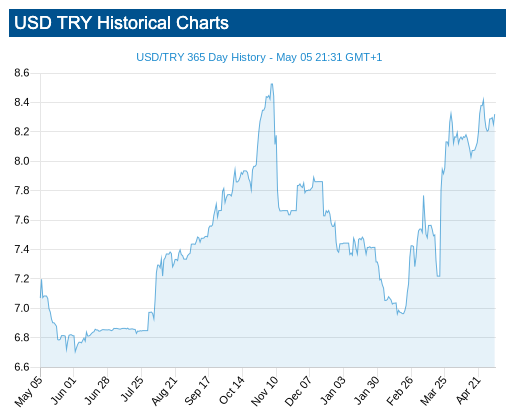Turkish cherry challenges and opportunities for this season
Cherry is one of the main agricultural products for exports in Turkey. In 2020, the production of sweet cherries reached 732,000 MT and 87,000 MT in exports. According to USDA, the cherry production and export volume are initially forecasted to increase in MY 2020/21 due to the increase of planted area and the good weather condition. Indeed, the mid-April cold weather has damaged 10-15% of the early crops. However, later varieties that comprise the bulk of the Turkish production such as Zicat 0900 and Sweet Heart were not affected by the frost.
Ertuğrul Çevik, the Co-Founder of ARCE Co. Ltd., a trading company of Turkish fruit and olive oil, comments about the current cherry season’s challenges and opportunities.
Challenges of Turkish cherries
About the ongoing pandemic and recently lockdown announced in Turkey until May 15th, Çevik says the company works mainly with mid-season and late-season varieties such as Summit, Zicat 0900, and Sweet Heart. The harvest of late varieties will begin after the end of the lockdown and his businesses will not be affected by it. Even if there is an extension of the lockdown, the agricultural sector will not be affected since their workers have special permits to continue their operations, as is the case with companies that will have cherries harvesting happening during the lockdown. Concerning the Chinese ban on Turkish cherry imports, imposed last August due to the detection of pests, Çevik says that the segment has lost a huge market and the main export destinations for the Turkish cherries has been the European market following the ban.
Opportunities
The loss in the Chinese market is pushing the cherries suppliers to find new markets for their cherries. Çevik comments that companies have been expanding their sales to East and East Asia, especially to South Korea where the fresh sweet cherries are also very appreciated. Çevik also mentions the possibility of expansion to markets that consume Chilean cherries since the Turkish season starts when Chilean’s end. This market is mostly supplied by the US, which has the same harvest season as in Turkey, but Çevik sees an opportunity since Turkey offers quality cherries with better pricing due to the favorable exchange rates. The USD appreciation to TRY in May has been more than 17% in comparison with the same period of last year.

Source: Exchange rates
About prices for the season, it has started on the same level as the previous year and this trend is expected to continue throughout the season. Although there was an increase in costs due to the additional sanitary measures taken by companies to prevent COVID-19 spread, the prices held due to the favorable exchange rate, the large crop expected, and stabilization of airfreight availability and its cost.
Overall, this cherry season in Turkey is expected to have firm demand and prices. Logistically, the increase in commercial flights has remediated the shortage felt last year, and an expansion of exports to East and East-Asian countries is expected.
Sources:
- Exchange rates. Exchange rate history.
- Fresh Plaza. "Turkish lockdown should not have major effect on cherry season"
- Fresh Plaza. "USDA predictions Turkey largest cherry producer in 2020/21"
- Fresh Plaza. "Weather has been perfect for Turkish cherries in recent months"
- Fruitnet. "China customs suspends Turkish cherry imports"






